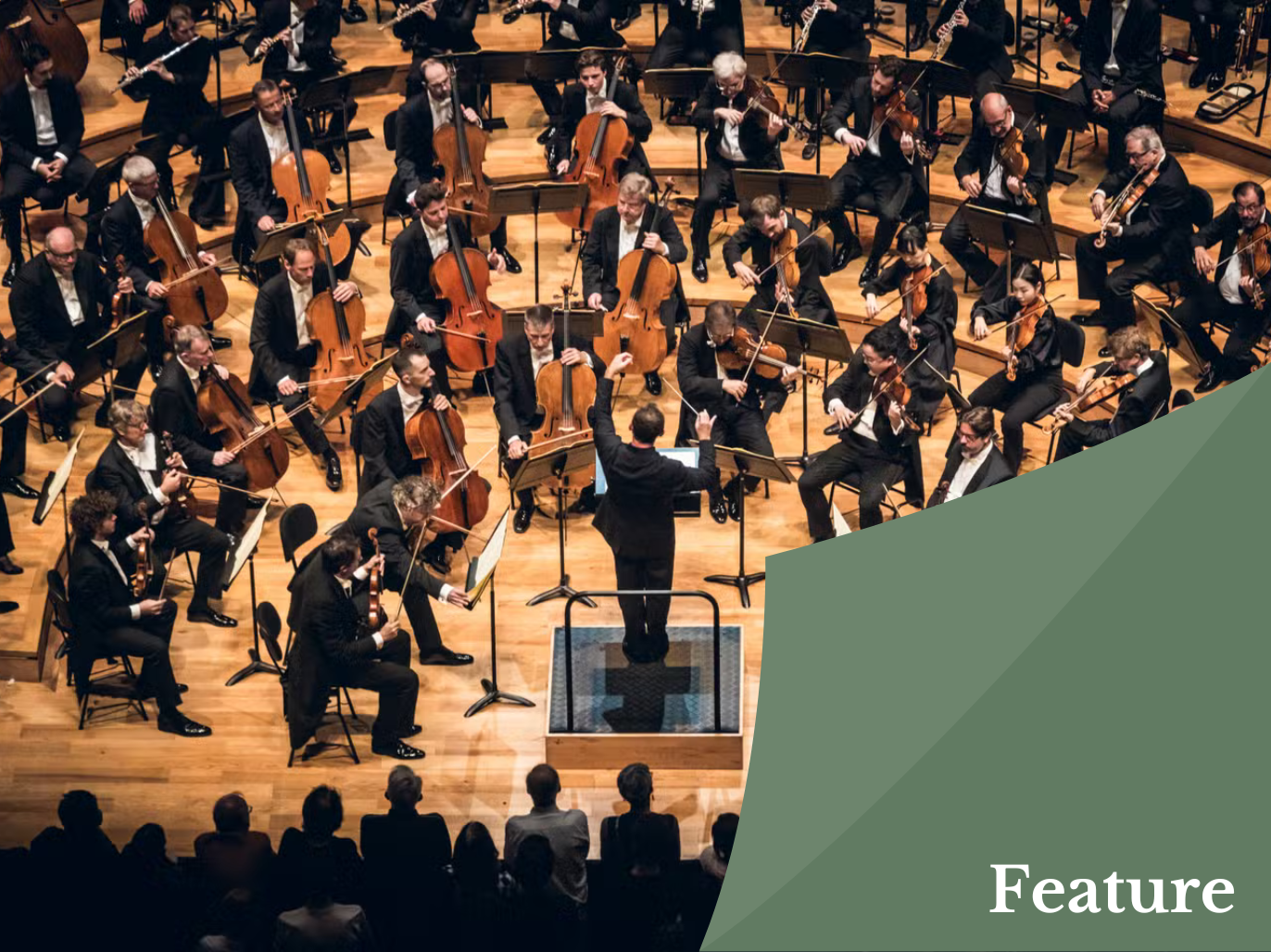Half a century ago, you could often tell where an orchestra was from simply by listening to the way it played. German orchestras tended to sound heavier, with deep, mellow brass playing. Orchestras from Russia and Eastern Europe were recognizable from more fizzy brass and for iron-willed strings with the potency of paint stripper. You could tell a French orchestra from its virtuosic and sometimes citric woodwinds. American orchestras played with a sheen and smoothness that set them apart. The great old orchestras of central Europe lagged behind the conductor’s beat, as if they refused to be hurried.
Now we live in a globalized world. Some central European orchestras still play on particular sorts of instruments (you might have noticed that the Berliner Philharmoniker’s trumpets are keyed from the side, not from the top). Otherwise, musicians take jobs in countries they weren’t raised or taught in, conductors travel around far more and the colossal wave of musical talent from the Far East has brought new influences into almost every orchestra in Europe, America and beyond.
So the question is this: is it really still possible to hear tangible differences in some orchestras’ playing styles?

